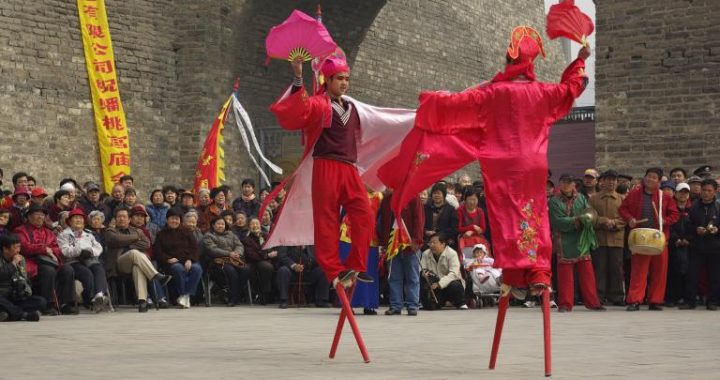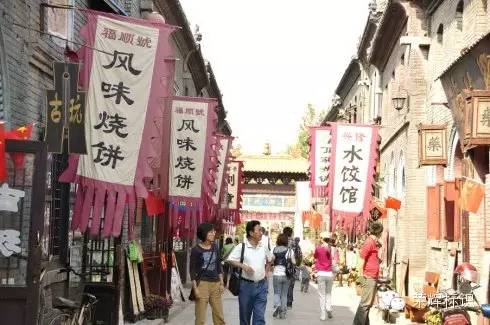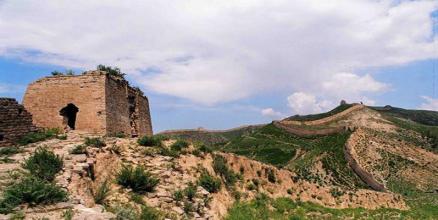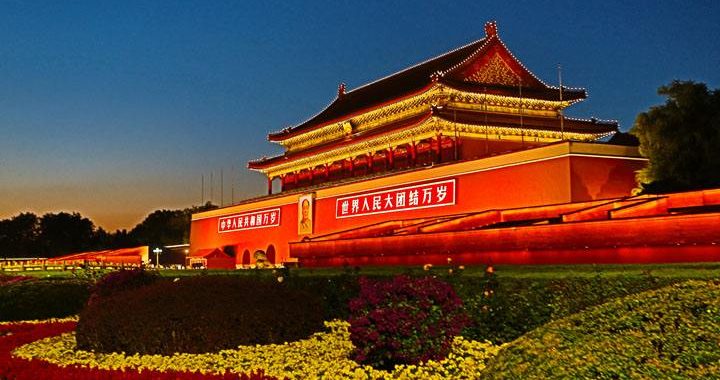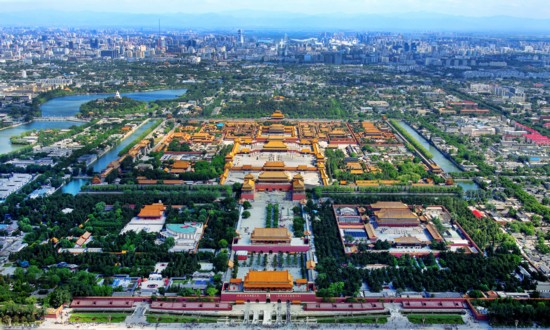Pre-Imperial History
4 min readThe earliest events of Beijing’s history are shrouded in legend and myth.In the first volume of the Records of the Grand Historian,the “Annals of the Five Emperors”,written from 109 to 91 BC,Sima Qian recounts the victory of the Yellow Emperor over the Yan Emperor inthe epic Battle of Banquan in the 26th Century B.C.,which may have taken place near the Upper and Lower Banquan Villages of Yanqing County in the northwestern edge of Beijing Municipality.The resulting unification of the two Emperors’tribes gave rise to the Huaxia or Chinese nation,which then defeated Chiyou and the Nine Li tribes in the Battle of Zhuolu,possibly in Zhuolu,75 km west of Yanqing in Hebei Province.This victory made North China to be settled by the descendants of the Yellow and Yan Emperors.
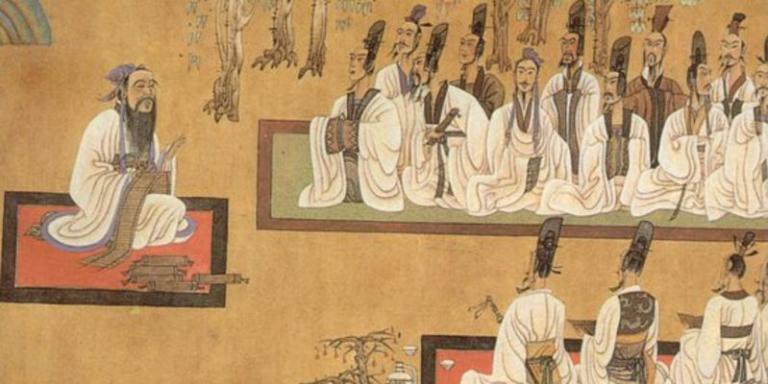
The Yellow Emperor is said to have founded thesettlement of Youling in or near Zhuolu.His grandson,the sage-king Yao,founded a town called Youdu in the Hebei-Beijing region about 4,000 years ago.You or Youzhou later became one of the historical names for Beijing.

The first event in Beijing’s history with archaeological supportdates to the 11th Century BC when the Zhou Dynasty conquered the Shang Dynasty.According to Sima Qian,King Wu of Zhou in the 11th year of his reign deposed the last Shang king and conferred titles to nobles within his domain including the rulers of the city states Ji and Yan.According to Confucius,King Wu of Zhou was so eager to establish his legitimacy after his victory over the Shang that he named the descendants of the Yellow Emperor as the rulers of Ji before dismounting his chariot.He then named his kinsman,Ji Shi,the Duke Shao of Zhou,as the vassal of Yan,but the Duke was preoccupied with other matters and dispatched his eldest son,Ji Ke,to take the position.
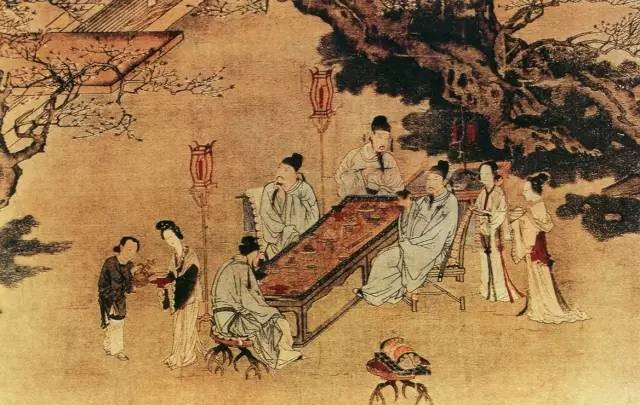
JiKe,the Duke of Yan,is considered the founder of the Yan Kingdom.
Since the dates in Sima Qian’s history before 841 B.C.have not beendefinitely matched to the Gregorian Calendar,the Beijing Government uses 1045 B.C.as the official estimate of the date of this occasion.
The City of Ji or Jicheng is believed to be located in the southwestern part of present urban Beijing,just south of Guang’anmenin Xicheng and Fengtai Districts.Several historical accounts mention a”Hill of Ji”in the northwest of the city,which would correspond to the large mound at the White Cloud Abbey,outside Xibianmen about 4km(2.5 mi)north of Guang’anmen.
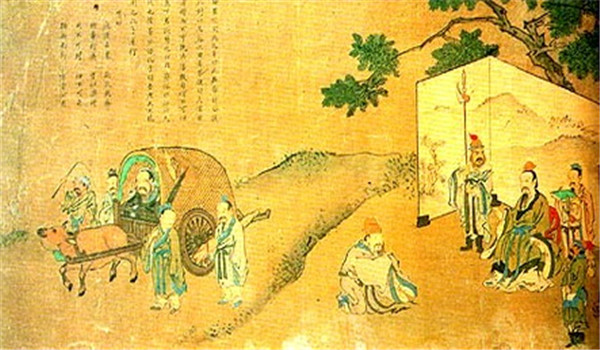
The City of Yan was based to the south of Ji,in the village of Dongjialin in Liulihe Township of Fangshan District,where over 200 tombs of nobility have been unearthed.Among the most significant artifacts from the Liulihe Site is the three-legged bronze ding whoseinscriptions recount the journey of the eldest son of the Duke of Yanwho delivered offerings to the King of Zhou in the capital.The father was thrilled and awarded him cowry shells to pay for the creation of an honorific ding to remember the event.The inscription thus confirms the appointment of King Zhou’s kin to Yan and the location of Yan’s capital.
Both Yan and Ji were located along an important north-south trade route along the eastern flank of the Taihang Mountains from the Central Plain to the northern steppes.Ji,located just north of the Yongding River,was a convenient rest stop-for trade caravans.Here,
The History and Culture Foreigners are Most Ihterested In the route to the northwest through the mountain passes diverged from the road to the Northeast.Ji also had a steady water supply from the nearby Lotus Pond,which still exists south of the Beijing West Railway Station.Yan’s old capital relied on the more seasonal flow of the Liuli River.Some time during the Western Zhou or early Eastern Zhou Dynasty,Yan conquered Ji and moved its capital to Ji,which continued to be called Jicheng or the City of Ji until the 2nd century Due to its historical association with the State of Yan,the city of Beijing is also known as Yanjing or the”Yan Capital”.
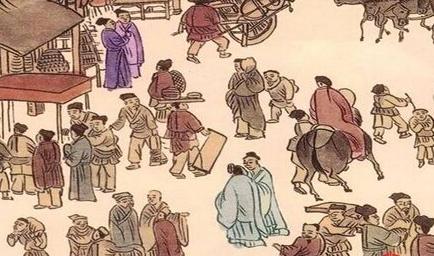
The State of Yan continued to expand until it became one of the seven major powers during the Warring States Period(473-221 BC).It stretched from the Yellow River to the Yalu.Like subsequent rulers of Beijing,the Yan also faced the threat of invasions by steppe nomads,and built walled fortifications across its northern frontier.Remnants of the Yan walls in Changping County date to 283 BC.They predateBeijing’s better known Ming Great Wall by more than 1,500 years.
In 226 BC,the City of Ji fell to the invading State of Qin and the State of Yan was forced to move its capital to Liaodong.The Qineventually ended Yan in 222 BC.The following year,the ruler of Qin,having conquered all the other states,declared himself to be the First Emperor.

